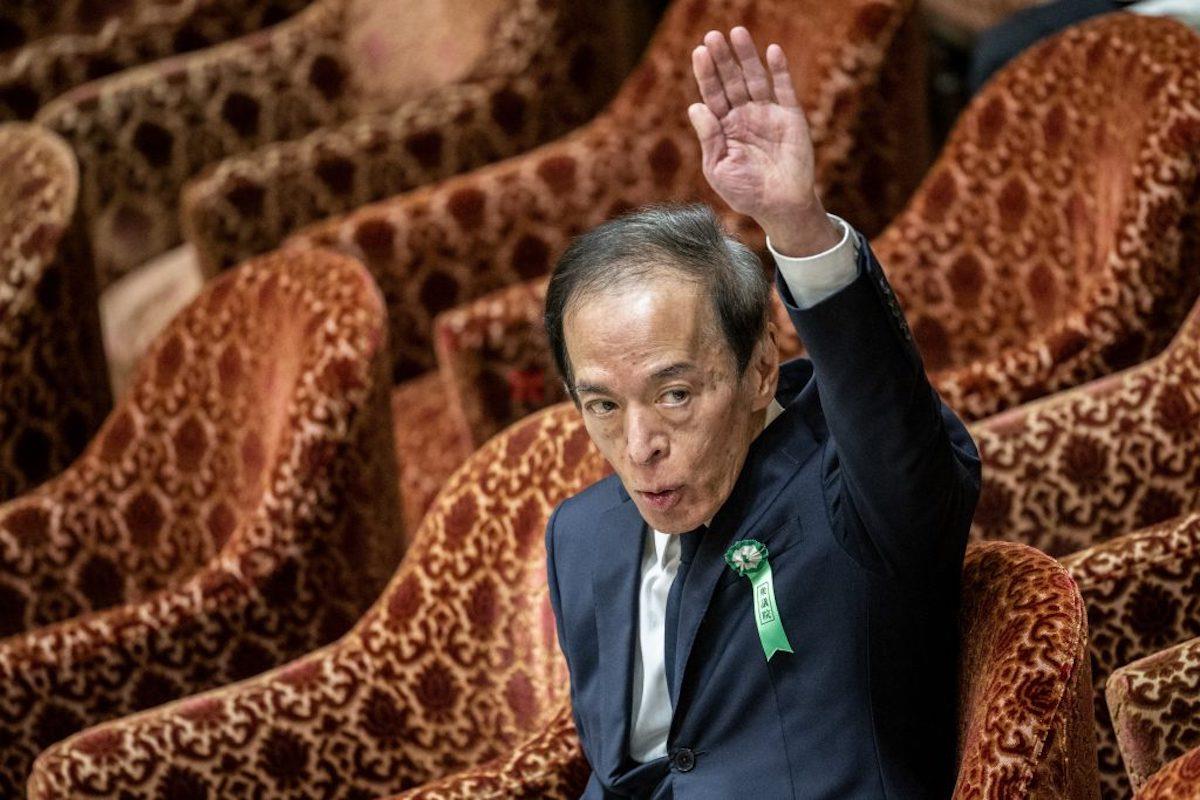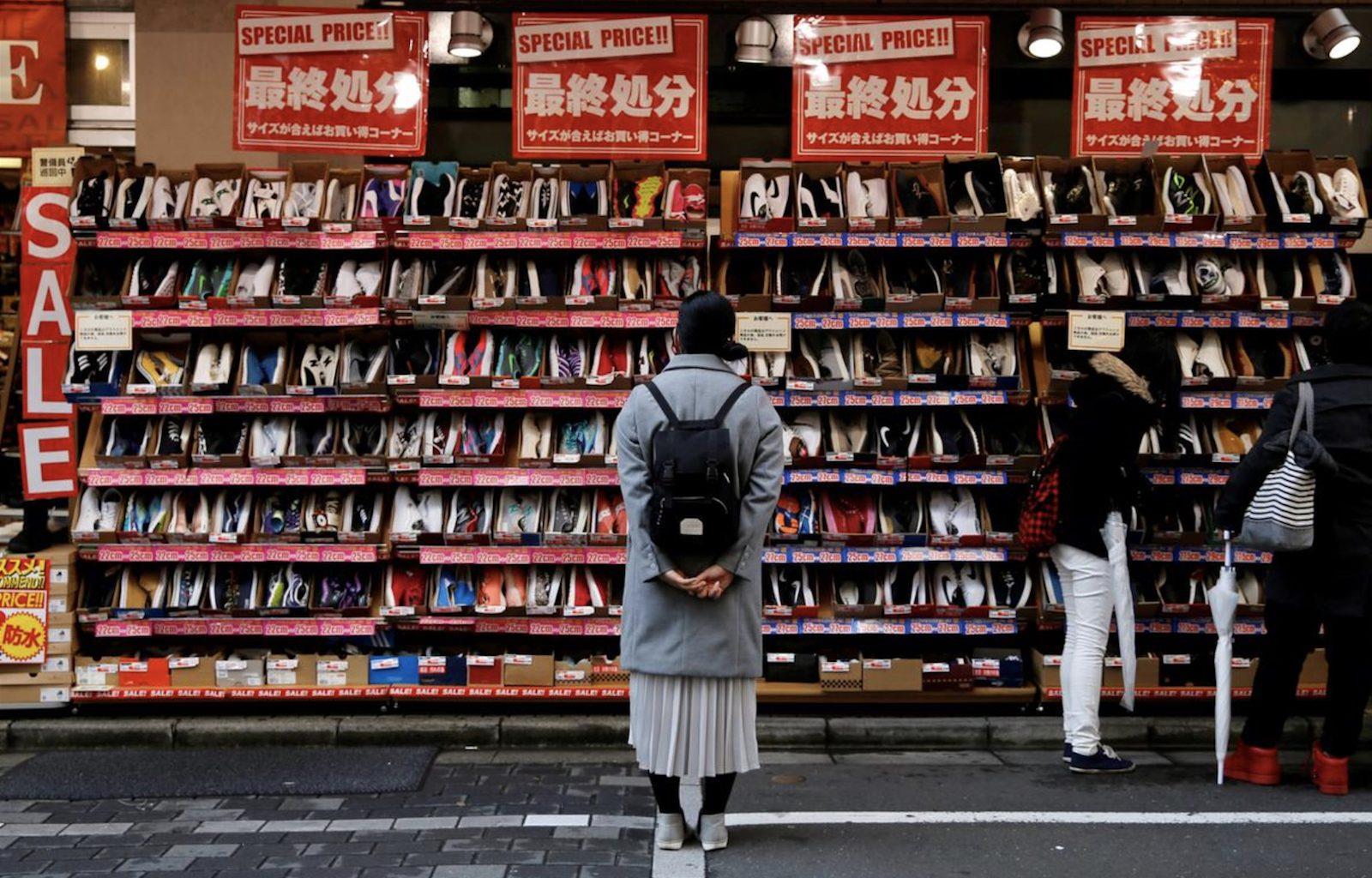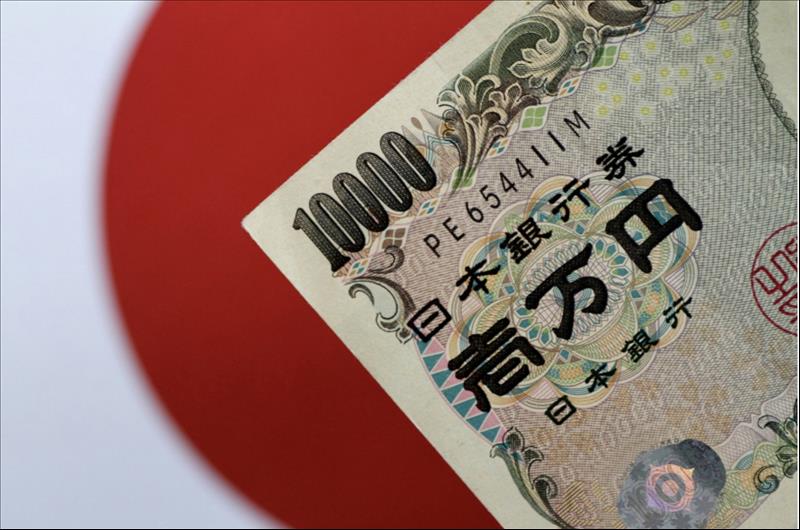
Why Japan's Big Rate Hike Was A Resounding Dud
Triggering this famous thought experiment was the last thing Governor Kazuo Ueda probably expected on March 19, the day the BOJ made its second pass at ending 25 years of zero interest rates. It ended its negative yield experiment by raising the policy benchmark to 0%-0.1% from -0.1%.
Rather than skyrocketing, as some predicted, the yen has since weakened to 34-year lows . Instead of surging, 10-year Japanese bond yields are even lower today. Why, investors everywhere want to know, did the BOJ's big pivot make no sound in trading pits around the globe?
One explanation is that the BOJ missed its window of opportunity. Had then-Governor Haruhiko Kuroda scrapped negative yields in late 2022 or early 2023, markets might have respected the move. Had Ueda acted soon after taking the controls in April 2023, investors might have listened up.
By waiting until Japan was skirting a recession and the US Federal Reserve was tamping down easing speculation, the BOJ got lost in the woods. Worse, it squandered even more credibility, the only real currency that matters in monetary authority circles.
Speculators are now calling its bluff, knowing full well that economic conditions are no longer conducive to BOJ tightening. Hence the yen's decline over the last nine days - to levels that prompted Tokyo authorities to act in October 2022.
Government officials are rushing to the microphone to threaten intervention. Finance Minister
Shunichi Suzuki says“we are watching market moves with a high sense of urgency.” Masato Kanda, vice finance minister for international affairs,
says the Ministry of Finance stands ready to pounce on excessive yen-dollar swings.
If Japan does intervene, strategist Shusuke Yamada at Bank of America thinks the initial purchases will start at around 2 trillion yen (US$13.2 billion) and go up to 4 trillion yen ($26.4 billion).
“FX intervention is a realistic option for the Japanese government to combat the yen weakness,” Yamada notes.“I suspect that intervention, or threats to conduct intervention , are really just a measure of buying time until we start to see things shift on a more sustained basis outside the country.”
The yen's exchange rate is currently around 151 to the dollar. Analysts at HSBC write that“many seem to think a 'line in the sand' against further yen weakness sits near the 152 area when intervention occurred in late 2022.”
The problem, though, is that traders clearly don't fear the BOJ. Not after a quarter century of zero rates, 23 years of quantitative easing (QE), eight years of negative yields and a long, sorted track record of bowing to politicians who grew to love the ATM role the BOJ had assumed.
Kuroda could've restored some semblance of authority - and independence - before exiting the BOJ building 12 months ago. He was the governor, after all, who turned the BOJ's easing efforts up to 11 - and then some.

Myanmar's widening war headed for junta's heartland

Behind China's hack of UK's Electoral Commission

S Korean trade, diplomacy trending away from China
It was on Kuroda's watch that the BOJ cornered the bond and stock markets and earned the dubious honor of helming the only Group of Seven central bank to grow its balance sheet beyond the size of its $4.7 trillion economy.
Kuroda could have salvaged some credibility with global investors by plotting an exit. He demurred, passing the buck to successor Ueda in April 2023.

Bank of Japan Governor Kazuo Ueda. Image: Twitter / Screengrab
Ueda did the BOJ no favors by slow-walking its move toward some kind of exit. Several times in mid-to-late 2023, markets were primed for a historic BOJ pivot. Instead, Team Ueda made tiny tweaks to bond trading bands .
Even those baby steps were watered down in the days that followed by large, unscheduled bond purchases to signal that nothing fundamental had changed for BOJ policy. And that error is now being repeated.
Immediately following the March 19 rate move, the BOJ signaled that waves of liquidity will still be flowing.“Ueda's dovish comments after the meeting were enough to end any post-decision bullish sentiment in the Japanese currency,” says analyst Daniela Hathorn at trading platform Capital.
On March 27, policy board member Naoki Tamura, a noted hawk, said the“accommodative financial situation will continue.” Tamura did say that the BOJ would“slowly but surely normalize its monetary policy.”
But in“BOJ time,” this could mean five months or five years. Why then wouldn't currency traders continue to assume the BOJ is all bark and no bite?
History matters, of course. Take the earlier attempt at normalization in 2006 and 2007. At the time, the BOJ ended QE and hiked official rates twice. The recession that followed enraged the political establishment. The BOJ later backtracked, returning to zero and restoring QE.
It follows, then, that the BOJ's credibility in global markets is lacking. Now, the watch is on to see if Ueda's team has the mettle to stick with its tightening cycle even if things get dicey.
A big test is the conflicting currents complicating Japan's 2024, including weak Chinese demand.
Japan only barely avoided recession in late 2023. Gross domestic product (GDP) expanded just 0.4% year on year in the October-December period after contracting 3.3% between July and September. In January, household spending plunged
6.3%, the sharpest drop in 35 months.
Meanwhile, inflation pressures might intensify as unions score the biggest raise in 33 years. The 5.28% pay bump secured during this year's“shunto” negotiations comes amid drum-tight labor markets and waning productivity.
“This points to strong real wage growth in 2024,” says economist Carlos Casanova at Union Bancaire Privée. He notes that“average monthly real cash earnings remained negative in 2023, given high inflation levels.”
The BOJ, Cassanova says,“has been waiting for a 'virtuous cycle' to take hold. This is a process through which sustained, imported 'cost-push' inflation, fueled by Japanese yen depreciation , results in changes to corporate behavior, such as rising wages and higher price-setting behavior. In turn, that can boost domestic consumption and fuel endogenous 'demand-pull' inflation.”
Soft growth, in the context of China's downshift, might argue in favor of no BOJ rate hikes this year. By contrast, upward wage pressures and the weakest yen since 1990 might support accelerated rate hikes.
Add in a ruling Liberal Democratic Party on the ropes amid economic discontent and public anger over a series of political finance scandals. Prime Minister Fumio Kishida is struggling to keep his approval ratings from falling out of the 20s (he ended 2023 at
17%).
Though the BOJ is officially independent, it's historically not known for bucking the political establishment. With looser and looser policies, BOJ governor after governor enabled change-averse politicians. The BOJ's largess removed the urgency for Tokyo to reform the economy and increase competitiveness.
Decades of free money took the onus off corporate chieftains to restructure, innovate or increase productivity. The ginormous corporate welfare program that the BOJ continues to administer deadened Japan's animal spirits, making it harder to resurrect them as China moves upmarket.
Devising the monetary policy equivalent of a 12-step program to wean Japan off excess liquidity now falls to Ueda. Step away from QE too fast and the BOJ risks setting up another 2006-2007 episode. Move too gradually and the BOJ loses even more street cred with global traders.
As of now, BOJ watchers are unclear on where Ueda might be headed, causing them to parse every word from the governor's mouth and BOJ statements.
Economist Takeshi Yamaguchi at Morgan Stanley MUFG says“we need to pay attention to the expressions 'given the current outlook for economic activity and prices' and 'for the time being.' As Ueda implied” this“suggests that the future policy path would depend on developments in economic activity and prices as well as financial conditions from the perspective of sustainable and stable achievement of the 2% price stability target.”

Sign up for one of our free newsletters
- The Daily ReportStart your day right with Asia Times' top stories
- AT Weekly ReportA weekly roundup of Asia Times' most-read stories
Others reckon markets will have a very long wait for BOJ policy normalization to play out.“Central banks often are compelled to make judgment calls before the desired evidence is in,” says Richard Katz, author of the new book
“The Contest for Japan's Economic Future.”
“Failure to decide is also a decision. But in the case of this BOJ move, there does not seem to be any such compulsion,” Katz says.“If, when March 2026 comes and both wages and inflation fall short of the BOJ's forecast, how will the BOJ explain its rush to tweak?”

A woman looks at shoes on sale at an outlet store in Tokyo's shopping district, Japan. Photo: Asia Times Files / Twitter Screengrab
Part of the problem is that Japan's 2024 fortunes depend even more on events in Beijing and Washington than in Tokyo. In a new report, the Economist Intelligence Unit doubts China can hit its 5% GDP growth target this year.
“Consumer sentiment will remain fragile but will continue to recover gradually, supported by a rise in fiscal spending and looser monetary policy,” EIU analysts argue.“Despite the government facing pressure to boost growth, EIU expects it to maintain a cautious approach towards tackling pressing issues such as property sector stress and local government debt, even if this dents market confidence.”
That will have feedback effects for Japan. So will the shifting calculus concerning US Fed rate cuts . Japanese officials entered 2024 convinced that Fed Chairman Jerome Powell's team would be easing several times this year. As US inflation remains stubbornly high, economists are fast scaling back those forecasts.
Viewed one way, Ueda's team may be happy that the long-awaited shift away from QE didn't panic world markets. But BOJ officials should be disturbed by the yawning gulf between reality and perception about March 19. Traders are expressing the disconnect with yen sell orders.
It means that, at the very least, the BOJ is perceived more as a paper tiger than a feared authority whose sounds register in global markets. To raise the volume, Ueda's team will have to act bigger and less predictably next time. This means the BOJ must step out of its comfort zone as rarely before.
Follow William Pesek on X, formerly Twitter, at @WilliamPesek
Thank you for registering!
An account was already registered with this email. Please check your inbox for an authentication link.

Legal Disclaimer:
MENAFN provides the information “as is” without warranty of any kind. We do not accept any responsibility or liability for the accuracy, content, images, videos, licenses, completeness, legality, or reliability of the information contained in this article. If you have any complaints or copyright issues related to this article, kindly contact the provider above.






















Comments
No comment